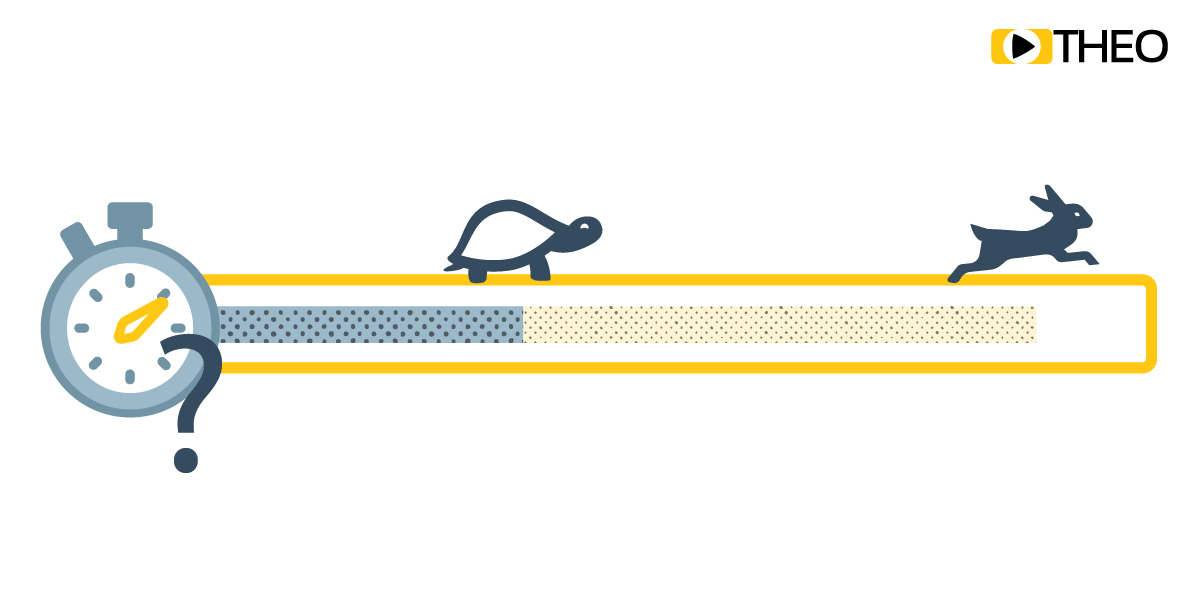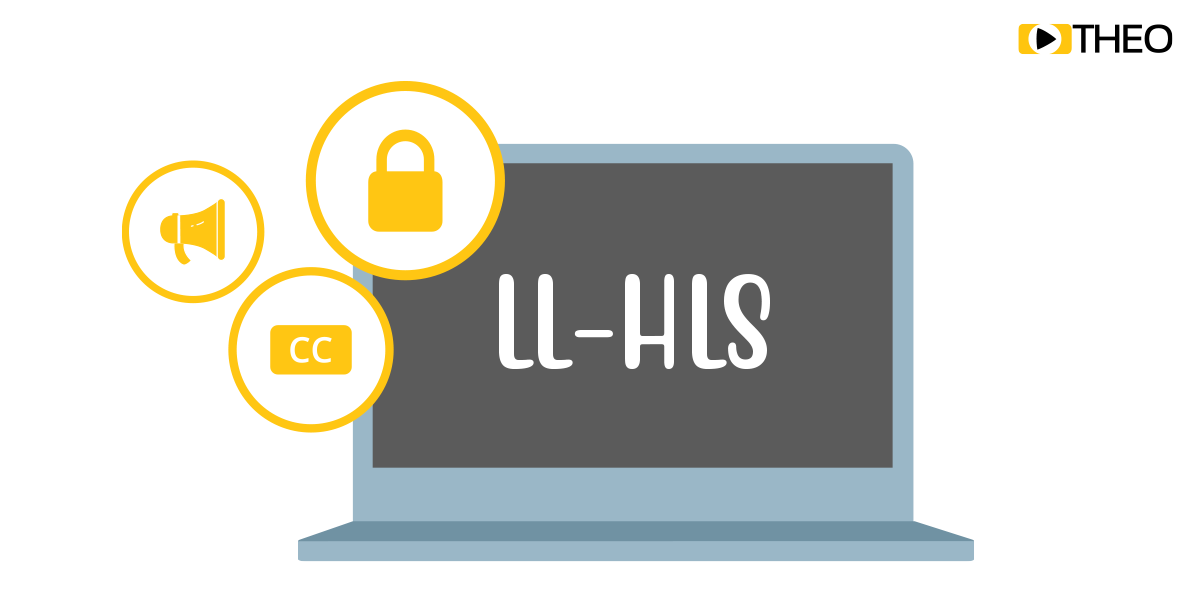Streaming Latency: What Is It And When Does It Matter?
by Johan Vounckx on March 2, 2021
Latency, low latency, ultra-low latency are becoming increasingly important. New developments like LL-HLS, CMAF-CTE and HESP confirm and support this statement, in addition to other streaming protocols such as webRTC and RTMP. With all the technology and the definition of latency, it …
State of the Industry - How will streaming evolve in 2021
by THEO Technologies on February 1, 2021
2020 was certainly an interesting year: COVID forced people across the world to stay indoors, with bars and theaters closing and cancellations of festivals and events resulting in entertainment to be sought elsewhere. Before the summer, it caused spikes in network consumption due to a …
THEO Technologies enables Swisscom to expand Blue TV to connected TV with THEOplayer
by THEOplayer on November 18, 2020
THEO Technologies enables Swisscom to launch its blue TV streaming service across Connected TVs using its Universal Video Player technology.
LL-HLS Series: Implementing LL-HLS with ABR, Subtitles, DRM and SSAI
by THEOplayer on September 1, 2020
In our previous blog posts we have discussed a number of different topics regarding Apple’s Low Latency HLS (LL-HLS) such as its main use cases and how to implement and configure it in an end-to-end solution. We also discussed how LL-HLS has evolved, and how those changes have impacte …
Speak the Language: Multi Audio and Language Localisation
by THEOplayer on July 23, 2020
As video streaming rises globally, the challenge is not only to get your content to your viewers’ screens, but also in their language. Only providing your application, audio and subtitles in one language can present a barrier to reach a wider audience, or miss a majority of viewers co …
LL-HLS Series: Implementing LL-HLS Today
by THEOplayer on July 9, 2020
In previous blogs we’ve covered how the LL-HLS spec has evolved and changed, as well as how it actually works. In this blog we want to discuss how the end-to-end solution would look, which use case the spec suits best and what THEO recommends for LL-HLS implementation.
[PRESS RELEASE] THEO Technologies and Synamedia form HESP Alliance
by THEOplayer on July 1, 2020
THEO Technologies and Synamedia form HESP Alliance to accelerate the roll-out of sub-second latency, bandwidth-efficient streaming solutions.
LL-HLS Series: How Does LL-HLS Work?
by THEOplayer on June 30, 2020
To provide online video at scale, we use HTTP Adaptive Streaming Protocols such as HLS or MPEG-DASH, which are both extremely popular. In this article, we will provide some insights on how Apple’s Low Latency HLS (or LL-HLS) works.
LL-HLS Series: The Evolution of LL-HLS
by THEOplayer on June 16, 2020
HTTP Live Streaming, or HLS, was initially created and released by Apple in 2009 to solve the problems of scaling. The HLS protocol has become one of the most popular protocols used today, and is widely supported. It’s biggest disadvantage, as with other similar HTTP based streaming p …
HTTP Live Streaming (HLS)
by THEOplayer on June 16, 2020
HLS, or HTTP Live Streaming, is an adaptive HTTP-based protocol and it was initially created and released by Apple in 2009 to solve the problems of efficient live video and VOD delivery to viewers’ devices, especially Apple devices. One of the main focus points was the problem of scal …








![[PRESS RELEASE] THEO Technologies and Synamedia form HESP Alliance](https://2163521.fs1.hubspotusercontent-na1.net/hubfs/2163521/Blog/HESP%20Alliance%20-%20Thumbnail.png)


